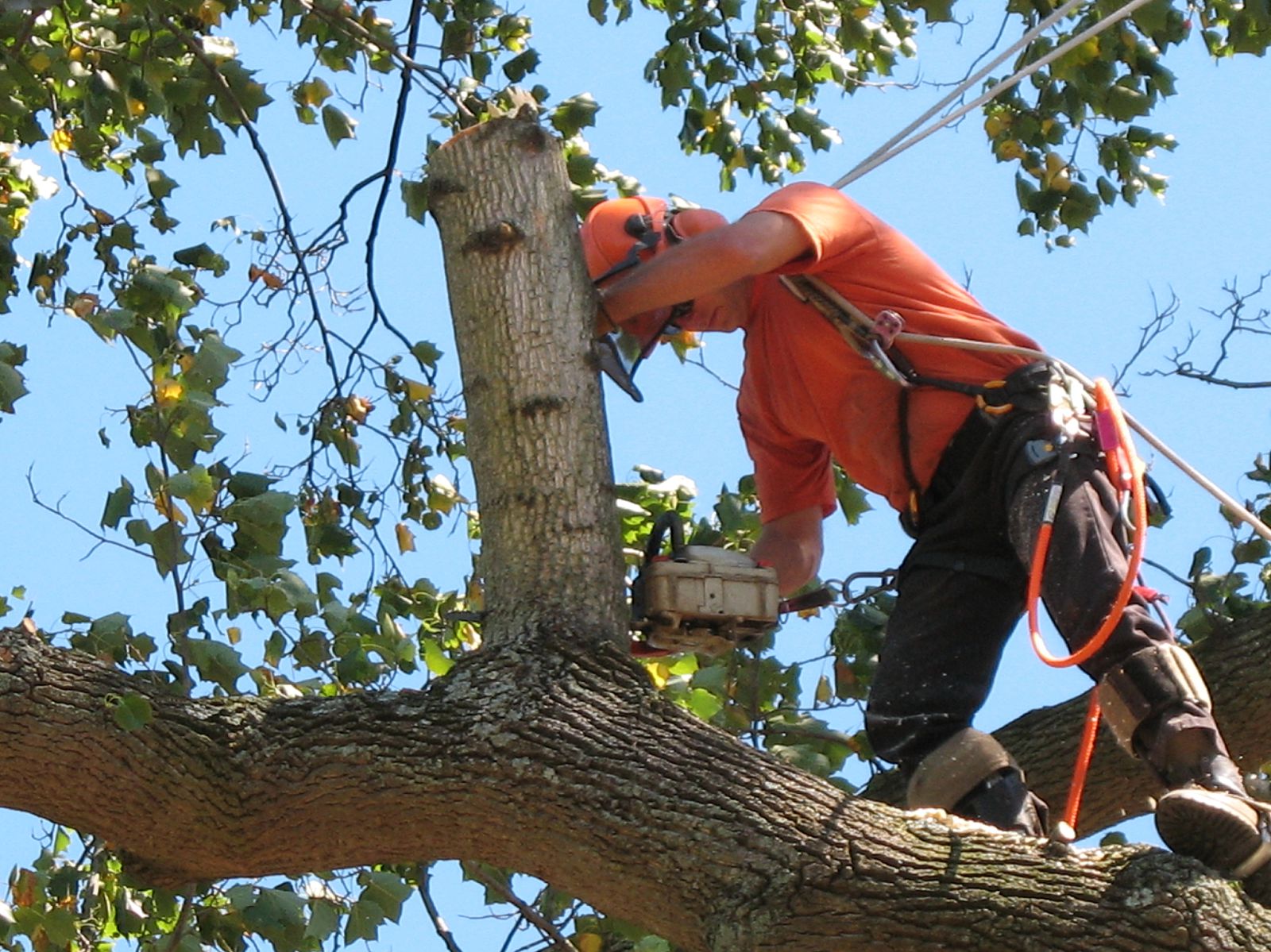Beneath the Axe: A Guide to Tree Felling Services
Trees play a significant role in our environment, providing countless benefits such as clean air, shade, and natural beauty. However, there are situations where tree felling services become necessary to ensure safety and proper land management. Whether due to disease, storm damage, or the need for construction, tree felling requires expertise and precision to ensure a safe and effective process.
Professional tree felling services offer the knowledge and skills needed to assess the health and condition of trees, determine the best course of action, and safely remove trees when necessary. By entrusting this task to experienced professionals, property owners can avoid potential hazards and ensure that tree removal is carried out efficiently and with minimal impact on the surrounding area.
Types of Tree Felling
Tree felling services can be categorized into three main types based on the techniques used: conventional tree felling, directional tree felling, and straight tree felling.
Conventional tree felling involves cutting the tree at the base and allowing it to fall in its natural direction. This method is commonly used for trees in open spaces with no surrounding obstacles.
Directional tree felling is a technique where the tree is cut in a specific way to control the direction of its fall. This method is crucial in urban areas or sites with nearby structures to avoid damage.
Straight tree felling is a precise technique where the tree is selectively cut in sections, allowing it to fall vertically with minimal impact on the surrounding environment.
Tools and Equipment
When it comes to tree felling services, having the right tools and equipment is crucial for a safe and efficient operation. spez-ag.ch of the primary tools used is the chainsaw, which comes in various sizes and power capabilities to tackle different types and sizes of trees.
In addition to chainsaws, tree fellers often rely on safety gear such as helmets, gloves, safety glasses, and ear protection to ensure they can work safely in all conditions. Harnesses and ropes are also key tools to assist in climbing trees and securing branches during the felling process.
For larger trees or those in challenging locations, specialized equipment like cranes, chippers, and stump grinders may be necessary to complete the job effectively. These heavy-duty machines can make the tree felling process more manageable and help with cleanup afterwards.
Safety Measures
When it comes to tree felling services, safety should always be the top priority. To ensure a safe working environment, it is crucial for tree fellers to wear appropriate personal protective equipment (PPE) such as helmets, gloves, and safety glasses.
In addition to wearing proper protective gear, it is essential for tree felling professionals to conduct a thorough assessment of the tree's surroundings before starting the felling process. This assessment helps identify potential hazards such as nearby structures, power lines, or uneven terrain that could pose risks during the operation.

Furthermore, having a clear and effective communication strategy among the team members is key to preventing accidents during tree felling. By establishing clear signals and ensuring that everyone is on the same page regarding the felling plan, the likelihood of mishaps can be significantly reduced.